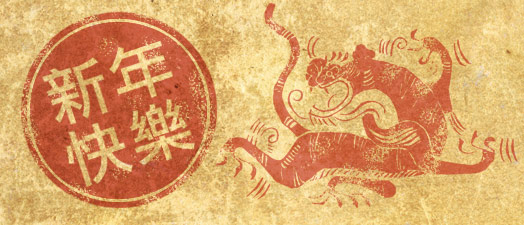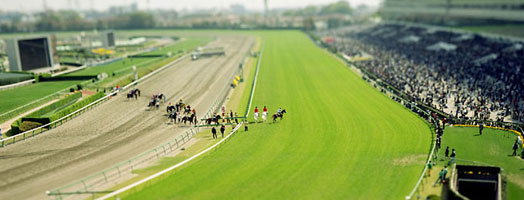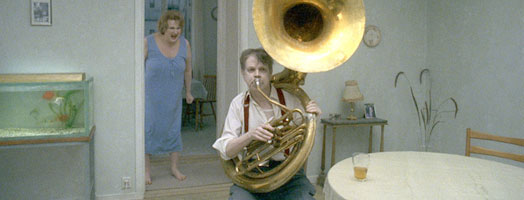
Yesterday, Michael asked me if I'd be interested in seeing Stiffelio. He wasn't feeling well and offered me his ticket. I wasn't familiar with the opera, but was curious. Plàcido Domingo was to conduct. The day before I had been thinking of getting tickets to Simon Boccanegra, another Verdi opera with which I was unfamiliar. It was to be Domingo's debut as a baritone. Last week the NYTime remarked upon his versatility and his back to back evenings performing onstage and in the pit.
Jean had also asked me if I'd be interested in seeing The Swell Season at Radio City Music Hall. Their babysitter had fallen through and her husband had volunteered to stay home so that she could go. I told her yes, and made my apologies to Michael. I hoped that he would get well soon.
I met Jean in front of the theater and went in. She told me her husband had had to go to the box office to pick up their tickets earlier in the day and they had upgraded his seats. We were in the center of the orchestra. We arrived in the middle of the opening act, and settled in.
The Swell Season took the stage and sat on the floor, Hansard on guitar and Irglová on what appeared to be a Casiotone. They sang a song together then introduced the Frames and a brass section, which filled out the stage.
The band played beautifully; the sound was rich and full in the room. Glen was giddy with excitement at their return engagement, encouraging the audience to sing along, and regaling us with stories between the songs. They covered Van Morrison (a rousing version of "Astral Weeks" that Hansard played solo) and Bruce Springsteen. They played songs by the Frames and from the Swell Season's various incarnations.
At one point he told us about an older woman he had met in an elevator in Chicago. He had been taken with her royal blue coat and told her. She turned to him and told him why she loved the coat. She appreciated the fact that he had appreciated it, and told him the coat symbolized a lot to her. It had convinced her to take control of her life.
Hansard offered to help her to her car. She thanked him and asked him what he did. He told her he was a musician. She asked him what the name of his band was. He told her. Never heard of them, she said. He told her he used to be in a band called the Frames. Never heard of them either. He said he was in a movie that did well in the states. Once? Nope.
She said she was from New York and Hansard gave her his email address. He said they would be playing in January and would love it if she could come. She paused and said her son would have been about his age. He had died in that damned building. Hansard paused. Her son had finished her job on the 10th but was just going back to pick up popcorn; that's how he had put it. She had had a premonition. She wanted to tell him not to go to work that day. That morning she was going to call to tell him. She turned on the television and saw the buildings in flame.
She had tears in her eyes when she told Hansard how important it was to tell people what you thought. She told him not to hold back.
Hansard said she never contacted him; he had hoped she would be in the audience and had wanted to see her again. He said he thought about her advice often. The distance between your mind and your mouth is so short, and yet so much stuff gets caught up in the brain, never to be voiced.
He then stepped out from behind the mic and played to the room without amplification. He sang and screamed out the words, his voice and guitar clear and naked in the suddenly silent room.
When I was in college, Spaulding Grey appeared at the library. The auditorium where he was to perform was packed, and I was lucky to have found a seat. He performed A Personal History of the American Theater. It was the only time I saw him perform.
His command of his craft was mesmerizing. I was transported to the small theaters and dingy rehearsal spaces where he cut his teeth, following his career as it developed and following him as he developed as an actor. At one point, he told us of an exercise. He was working with an acclaimed director, and in the middle of an emotional scene he was told to stop, to let everything go. He stepped out from behind the microphone and spoke directly to the audience. He told of how layer after layer of emotion and being fell away. In the rehearsal space he stood as he stood before us, letting go of his character, letting go of himself. The room was transformed.
The Swell Season closed with an old Irish song that had been made popular by the Clancey Brothers. The song was generally sung at wakes from the viewpoint of the corpse, Hansard explained. But there was no regret in it. He sang: "Of all the money that e'er I spent / I've spent it in good company." He told us how wonderful it must be to be in that state and in what a comfortable position. "And all the harm that ever I did / Alas it was to none but me." No worries. No stress. "And all I've done for want of wit / To memory now I can't recall." He invited us to sing the chorus with him. "So fill to me the parting glass / Good night and joy be with you all."









